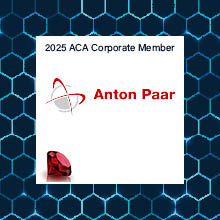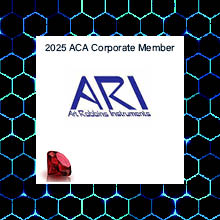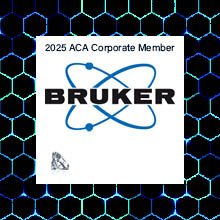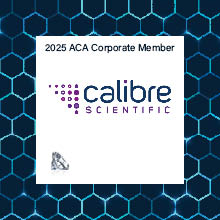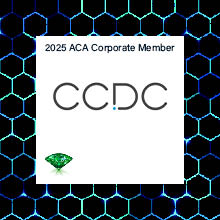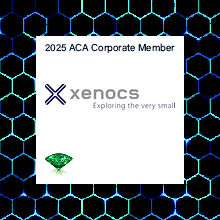- Home
- About ACA
- Publications & Resources
- Programs
- Annual Meeting
- Membership
- ACA History Center
- Media Archive
Association StatementsThe ACA employs a strategic approach that combines innovative solutions, community engagement, and collaboration with like-minded partners in pursuit of our mission and goals. At the core of our organization is a commitment to diversity, recognizing the strength that comes from embracing different perspectives, backgrounds, and ideas. Upholding the highest ethical standards, we ensure transparency, integrity, and accountability in all our endeavors.
Mission StatementThe American Crystallographic Association (ACA) advances, promotes and preserves crystallography, structural science, and allied disciplines for the benefit of humankind. The ACA provides students, young scientists and experienced crystallographers with opportunities to exhibit their achievements in research, creative and scholarly activities, and leadership. The ACA contributes to the intellectual, economic and scientific advancement of the communities and individuals it serves though conferences, publications and public outreach.
Vision StatementThe American Crystallographic Association (ACA) is committed to serving students and young scientists through education, and embraces its role as a leader and collaborative partner to meet the educational and research aspirations of structural scientists in North America and around the world. Our dynamic environment shapes the association to realize our shared future. The ACA informs every dimension of its activities - cultivating learning, discovery of knowledge and encouraging shared leadership - to position the ACA as a model scientific interdisciplinary society.
Strategy StatementThe American Crystallographic Association (ACA) will actively respond to the needs and opportunities of structural scientists in North America by pursuing innovative partnerships, by adhering to our fundamental commitment to provide educational and research experiences to students and young scientists, and by supporting life-long learning and career development
Diversity StatementThe American Crystallographic Association is committed to diversity and inclusiveness in our membership, as well as in all activities, events, and programs, and services. Scientific innovation requires bringing together both diverse ideas and people from varied backgrounds who may have different world views and ways of solving problems. The ACA seeks to include and engage members across age, gender identity and expression, race, nationality, ethnicity, physical ability, marital status, sexual orientation, socioeconomic status, military or veteran status, or any other facet of social diversity in our society and seeks to remove obstacles to their professional growth and advancement. Through our actions at the international, national, and local levels, we strive to promote inclusion in academic, industrial, and government institutions for both current and future members of our organization.
Statement on Ethics[Adopted by ACA Council on April 28, 1996]
|



